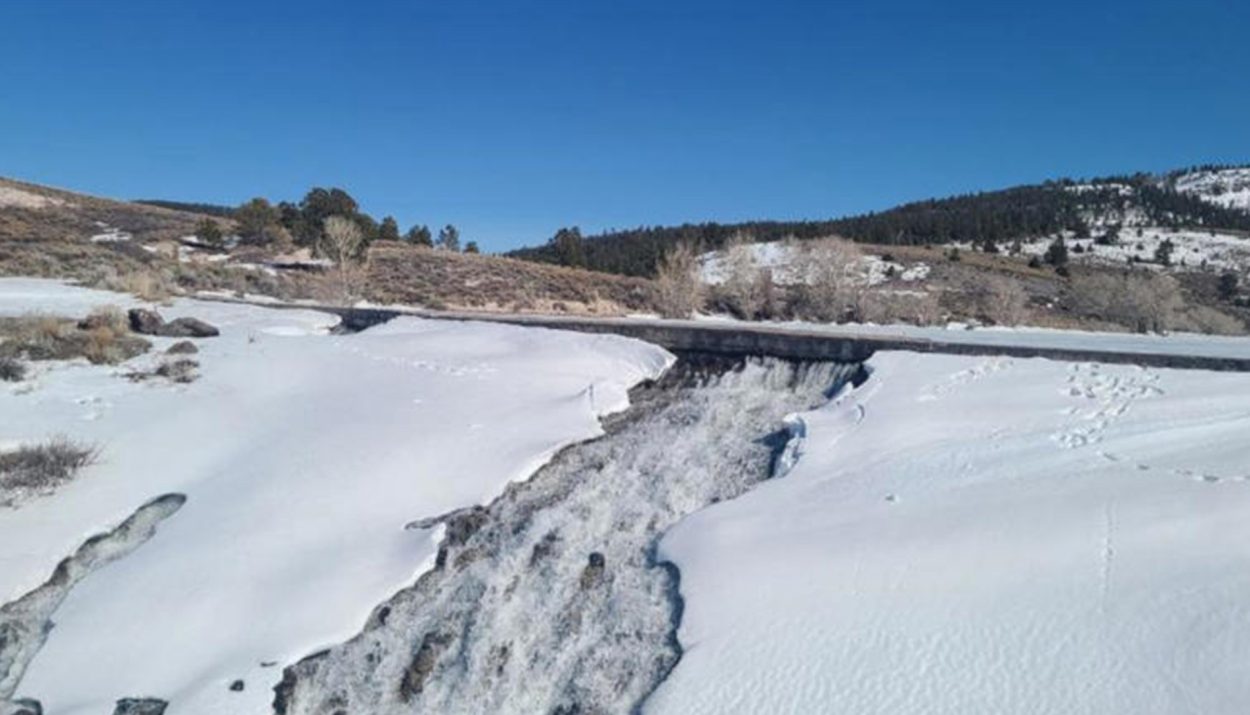On Monday, a massive 60-foot crack was discovered in Utah’s Panguitch Dam, and officials scrambled to monitor and draw down water levels to avoid imminent failure. The damage prompted the Garfield County Sheriff’s Office to issue an urgent Level 2 Emergency warning to residents in the potential flood path along Panguitch Creek.
With thunderstorms in Tuesday’s forecast, the National Weather Service also released an ominous flash flood watch, cautioning that “dam failure may result in flash flooding of low-lying areas below the dam.”
Large Crack Discovered in Panguitch Dam
An urgent warning has been issued after officials discovered a massive crack spanning 60 feet in the Panguitch Lake Dam.
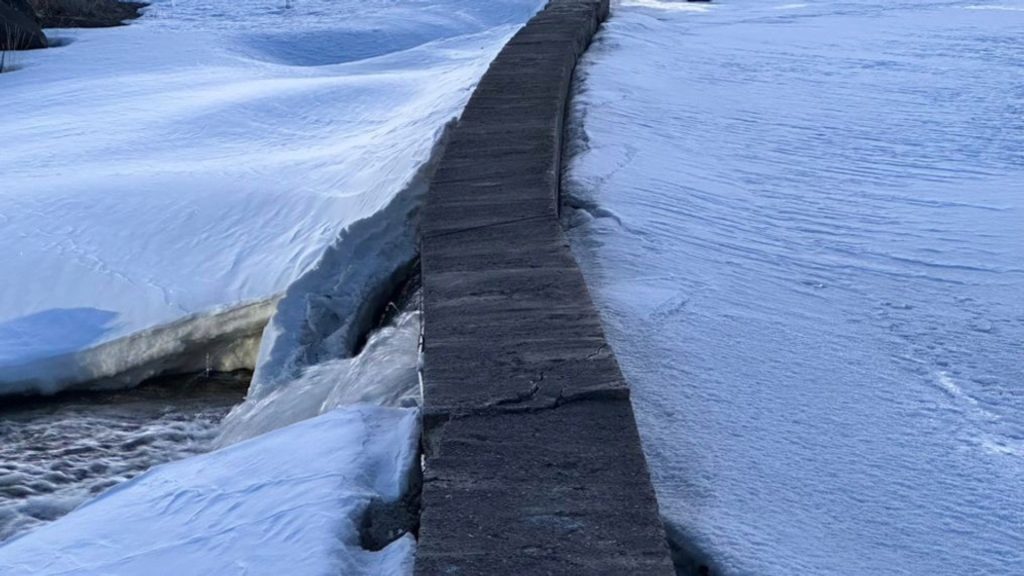
While evacuations have not yet been ordered, the damage is severe enough that the Garfield County Sheriff’s Office has declared a Level 2 emergency.
Dam’s Condition a Concern
The crack in the Panguitch Dam highlights ongoing concerns about Utah’s infrastructure. A 2020 report gave Utah dams an overall grade of C+, indicating many needed repairs or replacement.

By staying prepared, people can help ensure their safety if the situation with the Panguitch Dam takes a turn.
What Caused the Crack in the Dam?
According to officials, an ice sheet formed on the Panguitch Lake reservoir over the winter pushed against the 123-year-old dam, causing its concrete top portion to crack and tilt.
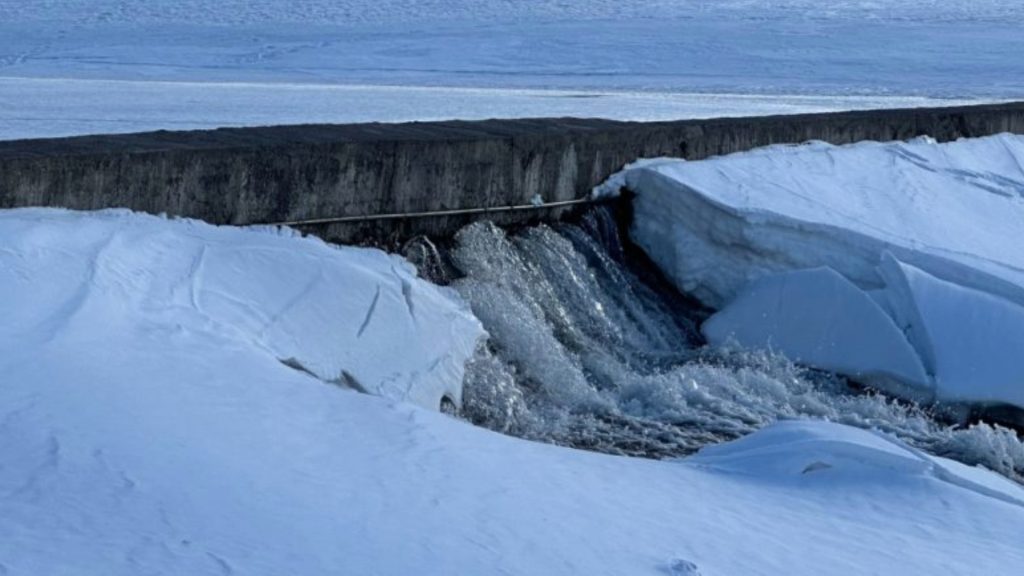
As temperatures started rising in the spring, the ice sheet began melting. The melting ice pulled away from the dam, relieving the pressure and allowing the top of the dam to tilt back into place.
Age and Design Flaws
The dam’s advanced age and outdated design likely contributed to its failure. The top portion of the cracked dam was added in the 1930s and was constructed differently from the original 19th-century base.

This type of dam, known as an earthfill dam, is prone to seepage and erosion over time. The additional pressure from the ice sheet ultimately proved too much for the aging structure.
A Walk Down Memory Lane
The Panguitch Dam was originally constructed in 1898 to provide irrigation water for the farming communities in and around Panguitch, Utah. The dam was built across the Sevier River to form Panguitch Lake.
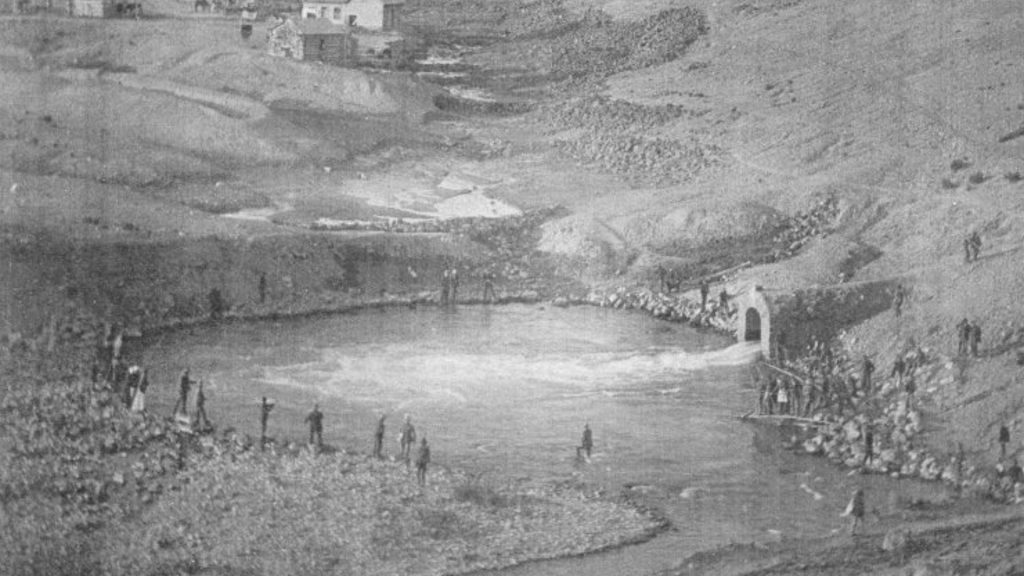
The original dam was an earthfill structure that rose 75 feet above the riverbed. It held back the waters of the Sevier River, creating a reservoir that provided a reliable source of irrigation water for crops.
History of Panguitch Lake Area Flooding
Panguitch Lake has a long history of flooding due to its location in southern Utah’s high-elevation Fishlake National Forest.
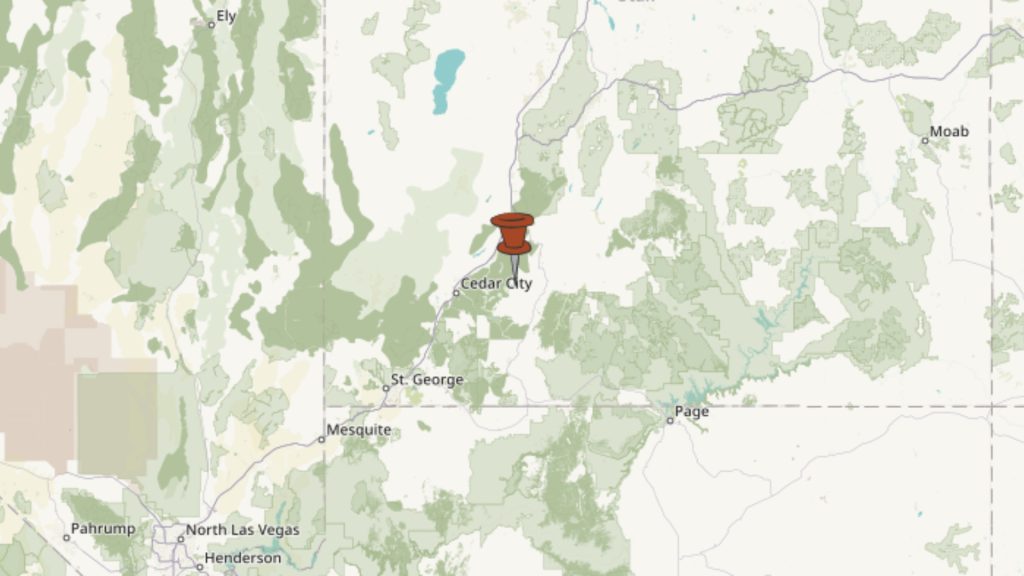
Spring runoff from mountain snowmelt has often caused the lake to overflow, flooding downstream areas along Panguitch Creek. Major floods occurred in 1983, 2005, and 2011, causing damage to local roads, farms, and homes.
Assessing the Risk – Is the Dam in Danger of Failing?
The large crack spanning 45 feet across the top of the Panguitch Dam is extremely concerning and poses a serious risk of failure if not properly addressed.

According to state officials, the crack has caused the top of the dam to tilt downstream, allowing water to gush through the opening.
Emergency Personnel Stationed at Dam Site
Personnel from the Garfield County Sheriff’s Office, local emergency management teams, Panguitch City officials and the West Panguitch Irrigation Company have set up operations at the dam site to closely track the stability of the structure.

The teams are prepared to issue evacuation orders and alerts immediately if the crack worsens or the dam shows signs of failure.
Drawing Down Reservoir Levels to Reduce Stress on Dam
To alleviate pressure on the damaged dam and buy repair time, state officials immediately began releasing water from the reservoir at nearly 260 cubic feet per second.
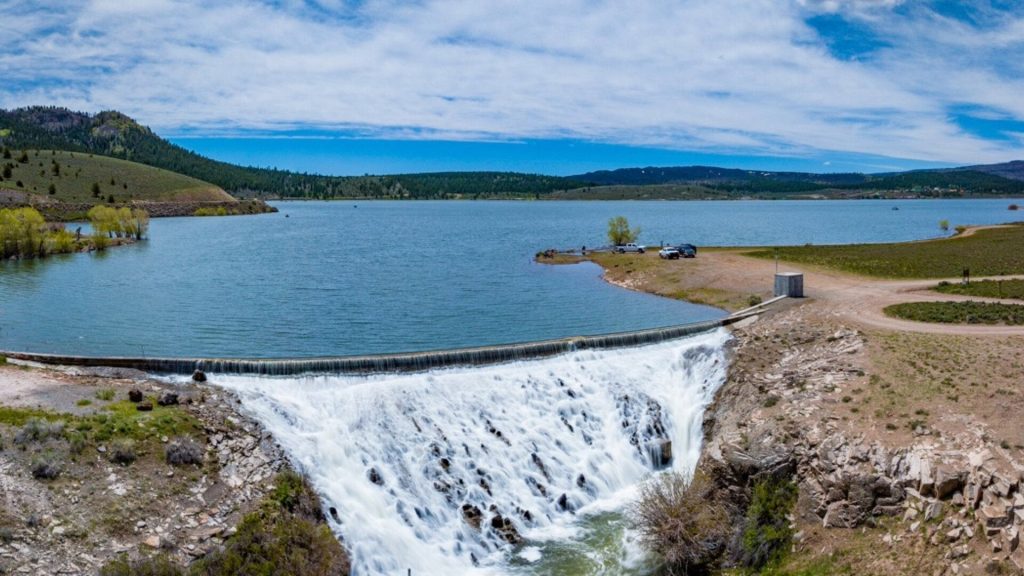
“Lowering the reservoir level is critical to reducing pressure on the damaged portion of the dam,” said Everett Taylor, an assistant state engineer for dam safety. “
Releasing a Controlled Flow
Releasing water in a controlled manner is a temporary solution to reduce pressure while avoiding flooding downstream.

At this rate, state officials estimate it will take 7-10 days to lower the water level by 10-15 feet below the crack.
Rocks Placed Downstream
Workers continue to relieve pressure on the damaged dam and support its structure. Large rocks are being placed on the dam’s downstream side to provide extra support.
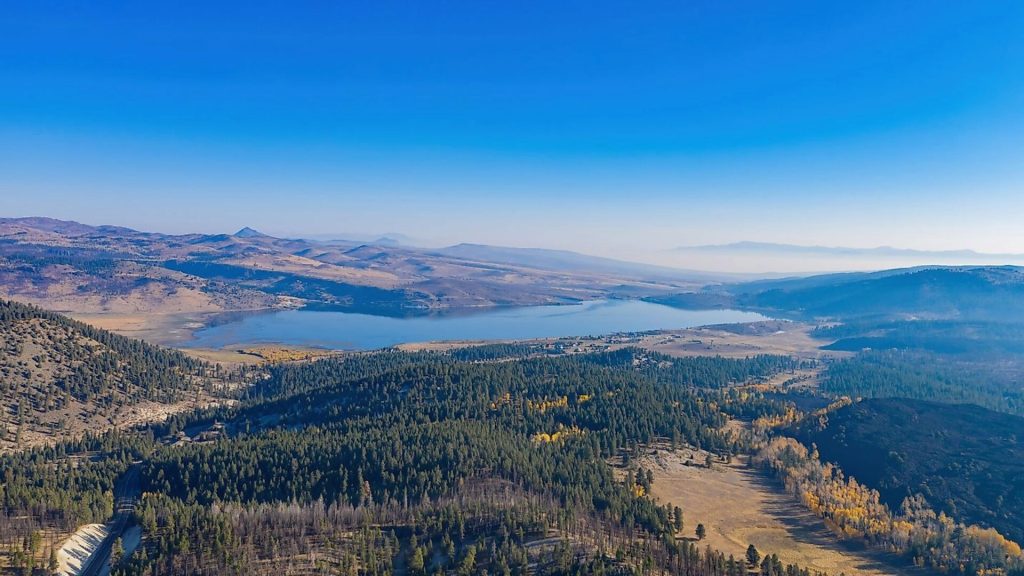
Officials hope that by drawing down water levels and reinforcing the dam, the risk of complete failure will decrease before the next rainfall on Saturday.
Making Permanent Repairs
Once the reservoir level has been sufficiently lowered and immediate threats to the dam’s integrity have been addressed, work will begin to repair the crack and reinforce the structure permanently.
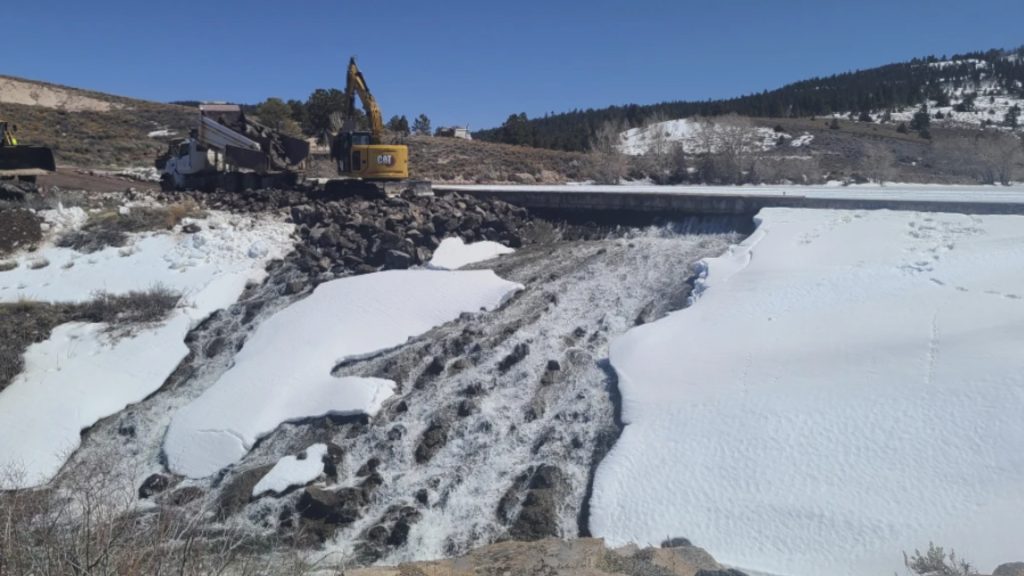
Options may include injecting concrete into the fissure, installing steel plates, or rebuilding the damaged section.
Upgrading Aging Infrastructure
Many dams in the U.S. were built in the early-mid 20th century and require upgrades to meet modern safety standards. Though well-built for their time, older dams lack advanced engineering and construction.
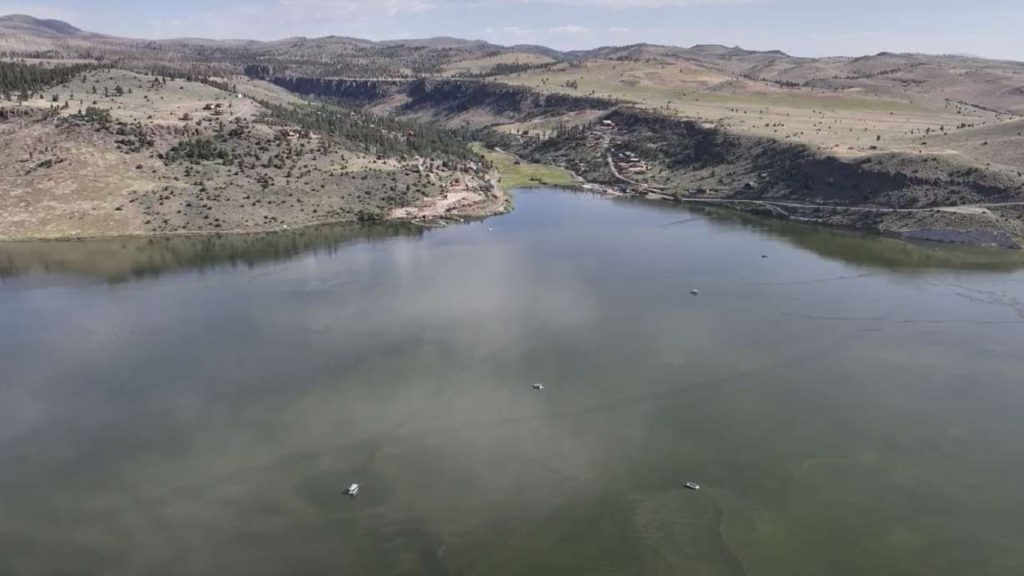
Upgrading the Panguitch Dam will likely involve using reinforced concrete and installing state-of-the-art monitoring equipment.
Close Monitoring Incase an Evacuation is Needed
While the situation with the damaged Panguitch Dam remains concerning, officials closely monitor for any changes and have systems in place to notify and evacuate residents if risk levels rise.

This incident highlights the need for infrastructure improvements to prevent disasters like this in the future. Utah’s mediocre dam infrastructure grades show work still needs to be done.

